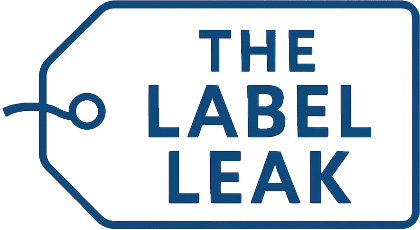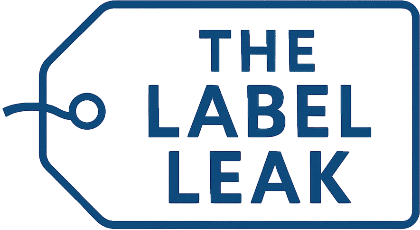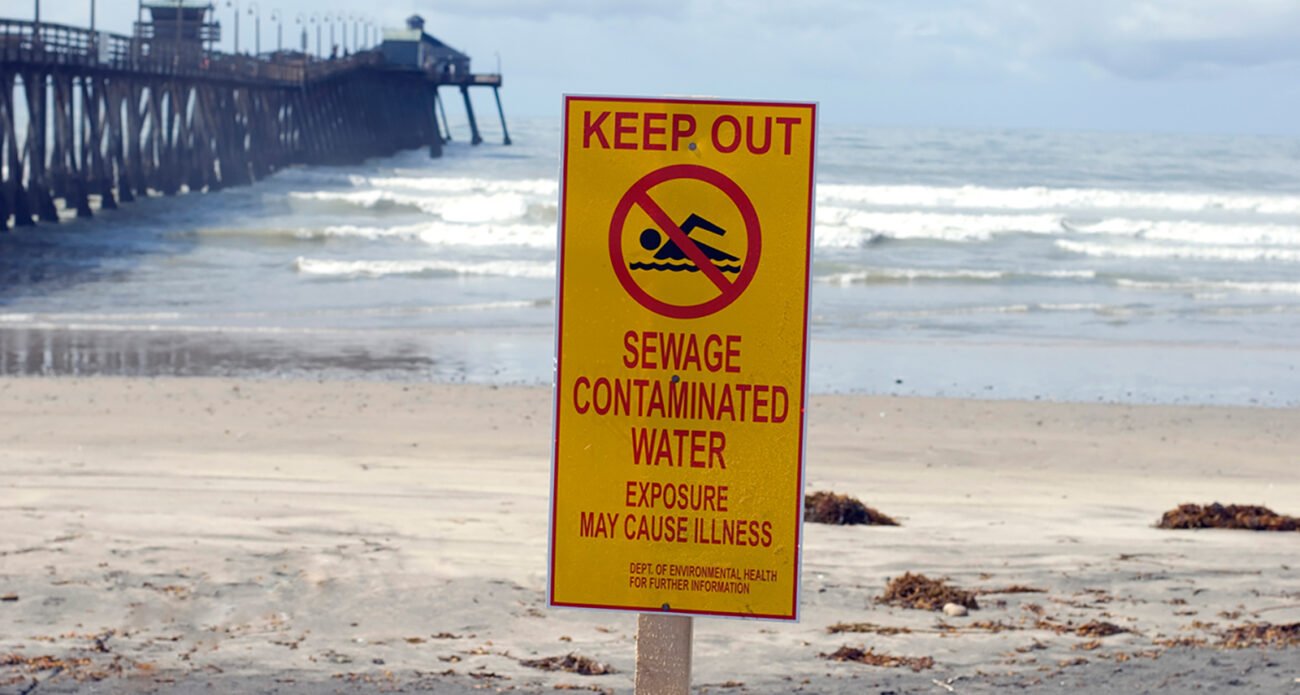Report: Newport Beach Takes Top Spot for Bacteria Contamination in 2024
WARWICK, R.I. — It’s been more than 50 summers since the United States passed the Clean Water Act into law and many of Rhode Island’s coastal waters still struggle to meet the “fishable, swimmable” standard for beach season.
New data from Environment America shows that dozens of beaches in Rhode Island tested positive for enterococci bacteria, an indicator of fecal contamination, making them unsafe for both beachgoers and wildlife.
Of the 66 beaches tracked by Environment America in 2024, 39 in the Ocean State, or 59%, tested positive at least one day for indicator bacteria in the water. Another 25 beaches tested positive for potentially unsafe levels of fecal coliform on 25% of all testing days.
In a state where the beaches are considered a public treasure and a draw for tourism, it’s a big problem with little awareness. Rex Wilmouth, director of Environment Rhode Island, the local chapter of Environment America, said the report aimed to show how much pollution was in the state’s prized coastal waterways.
“Our whole philosophy as residents is to go to the beach,” Wilmouth said. “If you have a rash, or an ear infection, diarrhea, or vomiting after going to the beach, you were probably swimming in contaminated water. We encourage people to visit the state Department of Health website before you head to the beach and see if there’s a bacteria or closure recommendation for that beach.”
Nationally, the Environmental Protection Agency estimates an illness rate from contaminated beach water of around 32 out of every 1,000 swimmers.
What beaches were most at risk last year? Easton’s Beach in Newport took the top spot, testing for unsafe levels of enterococci bacteria 10 out of 24 testing days. Scarborough State Beach in Narragansett took second, testing for unsafe levels of bacteria nine out of 24 total testing days in 2024.
Tied for third: Mackerel Cove in Jamestown, Spouting Rock Beach in Newport, and Goddard Memorial State Park in Warwick all tested positive for unsafe levels eight days last year, although Mackerel Cove and Spouting Rock Beach were tested only on 13 days.
Wilmouth noted contaminated water at beaches is one of the few universal environmental issues facing all residents. Narragansett Town Beach by the private Dunes Club, said Wilmouth, tested positive for bacteria contamination exceeding thresholds at least half of the days the water was tested.
“Pollution in the water goes everywhere,” he said. “It doesn’t matter if it’s in a low-income area, or a high-income area, this is happening all over the state.”
Rhode Island isn’t the only coastal state at risk. Environment America’s report detailed the contamination rate of 3,187 beaches nationwide. Rhode Island sits just below the national average: the report found 61% of all beaches tested nationwide were positive at least one day for fecal contamination indicators, and 453 beaches tested positive for unsafe fecal contamination levels on 25% or more of all testing days.
So what’s the source of the contamination? The primary culprit for elevated levels of enterococci for the last 20 Rhode Island summers has been annual summer showers. Stormwater runoff and control is the name of the game.
When rain falls on impervious surfaces — basically any surface that stops rainwater from being absorbed into the ground — it has to go somewhere. When the state builds roads, parking lots, highways, and sidewalks, it also must install storm drains, catch basins and any and all other infrastructure that will safely, and hopefully cleanly, carry that stormwater into Narragansett Bay.
But as stormwater travels from rooftop to parking lot to catch basin, it carries with it whatever chemicals and debris happen to be on the surface it’s traveling on. Lawn fertilizers and animal waste in particular can be big sources of runoff contamination.
Rhode Island’s existing stormwater infrastructure, according to Wilmouth, was built decades prior and is hardly up to the job of cleaning the kinds of runoff the state sees today.
Beachgoers enjoy a sunny day at Second Beach in Middletown. (Joanna Detz/ecoRI News)
“We haven’t put that money back into fixing our water systems,” Wilmouth said. “Now is the time to start. We need to continue repairing and upgrading our storm infrastructure for the next 100 years.”
Despite the dire picture painted by Environment America’s report, Rhode Island has made big strides in curbing contaminated water. The Department of Health, which tracks enterococcal bacteria in beach water samples in conjunction with the Department of Environmental Management, keeps a running tally of beaches with “no water contact” advisories imposed, commonly known as beach closures, and an accompanying trendline of rainfall data.
Last year beaches around the state were closed for a combined 71 days, a sharp decrease compared to 2023, when beaches were closed for 246 days, the largest number of closures since 2006.
The state’s beaches appear on track to be closed a similar number of days again this year. By July 18, about halfway through the summer beach season, nine different beaches in Rhode Island had been closed for a combined 54 days.
A big factor in cleaner water quality has been the completion of the Narragansett Bay Commission’s three-part combined sewer overflow abatement program, so an increase in rainfall one year no longer means an increase in the number of beach closures. The state began cracking down on wastewater treatment plants discharging effluent into the Narragansett Bay watershed, making sure they were reducing nitrogen and other nutrient loads after the 2003 fishkill in Greenwich Bay killed a million menhaden.
An increase in sewer projects in coastal neighborhoods in Warwick, Newport, and other municipalities, as well as DEM programs to remove cesspools and sump pump discharges, has also contributed to cleaner waters overall for Narragansett Bay and its watershed.
“I love the lakes, I love the ocean, we’re not trying to scare people from going to the beach,” Wilmouth said. “Be smart, especially after a big rainstorm; we want to make sure that people check and see if the beach they want to go to this weekend is safe for swimming.”
Elsewhere in southern New England, Massachusetts had 47 beaches (8% of 563) exceed the EPA’s safety threshold on at least a quarter of the days tested. Beaches with potentially unsafe levels of fecal indicator bacteria on at least one testing day in 2024 was 326 (58%).
In Connecticut, 17 beaches (24% of 72) exceeded the safety threshold on at least a quarter of the days tested. Beaches with potentially unsafe levels of fecal indicator bacteria on at least one testing day in 2024 was 64 (89%).


